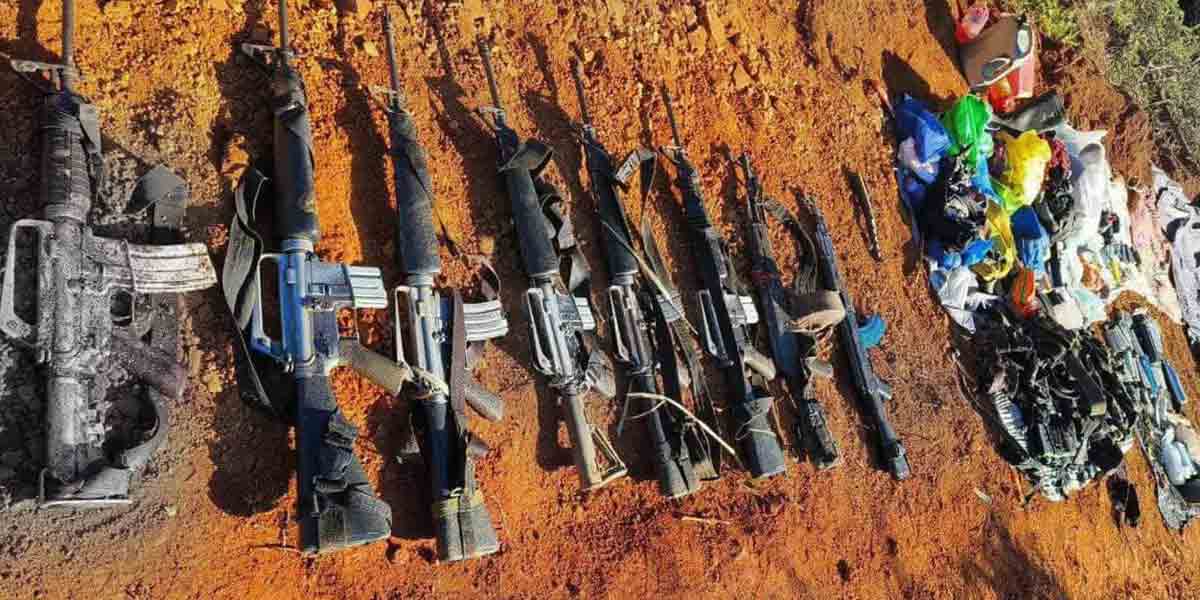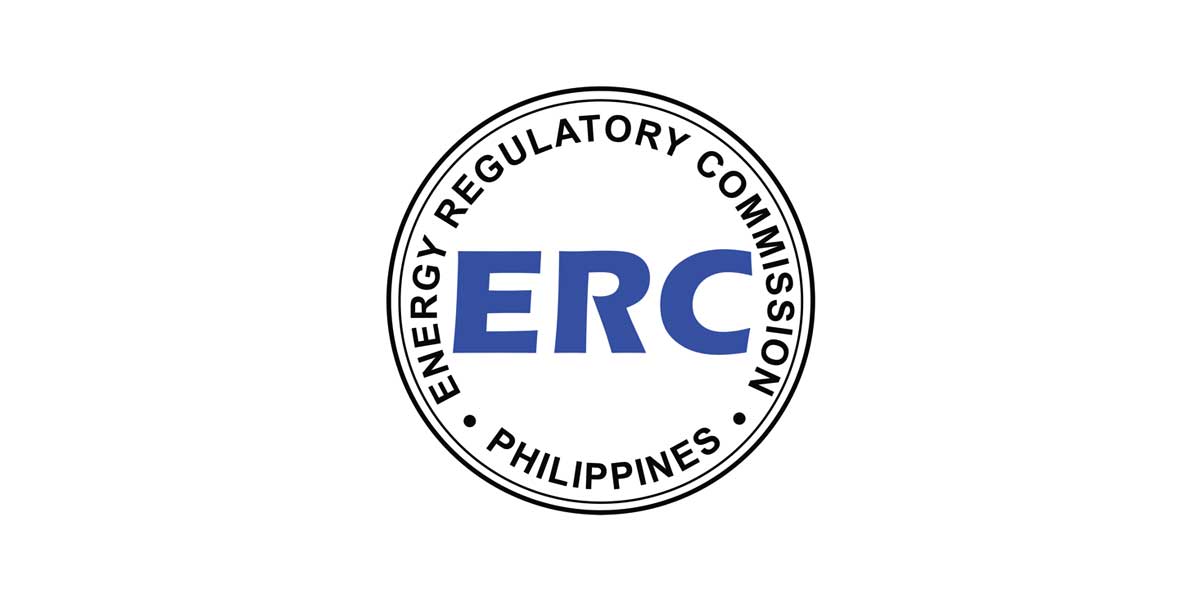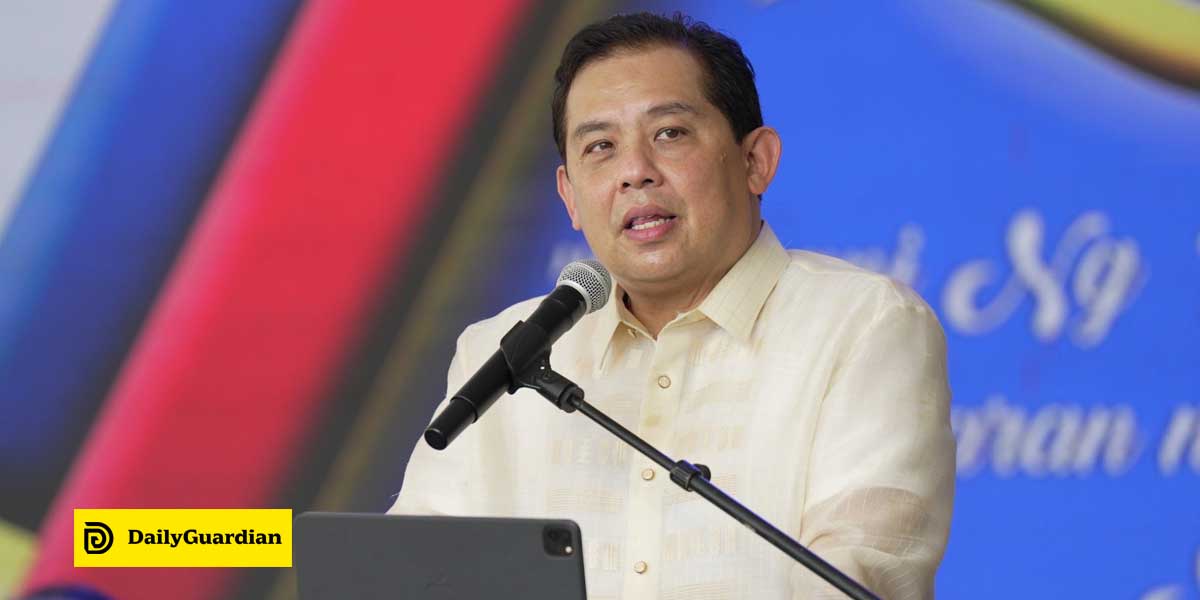 By: Alex P. Vidal
By: Alex P. Vidal
“If it weren’t for electricity, we’d all be watching television by candlelight.”– George Gobel
I WAS inside the Manhattan-bound Q train from Brooklyn at past 7 o’clock in the evening July 13 unaware that New York City’s worst power blackout since 1977 occurred in the midtown Manhattan and parts of the Upper West Side.
The subway train, one of the world’s oldest and most efficient public transit systems, halted operations momentarily within these areas.
The train moved again after about 30 minutes, and I immediately transferred to N train upon reaching the Union Square station (instead of the Times Square station on 42nd Street which I normally do every day).
N train brought me straight to the Queensboro Plaza station, a plaza overlapped by elevated subway tracks and straddling the western end of Queens Boulevard in Long Island City, Queens, between 21st Street and Jackson Avenue/Northern Boulevard.
The train was full and it was a Sunday.
That’s when I learned that a five-hour power blackout had hit the heart of “the city the never sleeps.”
Broadway shows were cancelled, including Jennifer Lopez’s concert at the Madison Square Garden.
In the Philippines, power blackout is a normal event.
In America, it’s a matter of life and death for many residents as they rely heavily on electronic life; they can’t probably exist and survive without electricity.
-o0o-
New Yorkers in midtown Manhattan were confused and inconvenienced. Some stranded train commuters took the cabs on their way home.
Since it happened in the Big Apple, it’s a major event.
It became a headline story in the US and other parts of the globe.
New York Governor Andrew Cuomo expressed outrage and called the blackout “unacceptable.”
“You just can’t have a power outage of this magnitude in the this city,” Cuomo boomed. “It is too dangerous, the potential for public safety risk and chaos is too high, we just can’t have a system that does that, it’s that simple at the end of the day.”
The governor expressed relief nobody was harmed or killed unlike in 1977 when pandemonium broke loose and stores were looted after New York City experienced a blackout that lasted for 25 hours.
-o0o-
New York City mayor Bill De Blasio, who was chided by Cuomo for being absent in New York City during the blackout (the mayor, a 2020 presidential candidate, was on his way from Iowa where he campaigned) said federal authorities had confirmed “there was no evidence whatsoever of any nefarious activity in this situation.”
Earlier, Con Edison CEO John McAvoy assured that all customers should have their power restored by midnight.
A flash of lights came on, and people in the street cheered as he spoke in midtown.
The outage started at about 6:47 p.m. with an “event” that will be the subject of investigation, according to McAvoy, who claimed that summer warmth, which can overload power grids with energy demand was not the source.
“It does not appear related to excessive load,” he said, quoted by NBC New.
The outage disrupted life for thousands in the Big Apple.
The city’s transit authority tweeted that multiple stations were not operational and were being bypassed.
It came on the anniversary of the citywide blackout of 1977, which led to rioting and looting. That outage started July 13 and ended the next day.
A senior city official with direct knowledge of the matter said it appeared that the outage was caused by a transformer fire. The New York City Fire Department tweeted it was at the scene of a transformer fire on West 64th Street.
(The author, who is now based in New York City, used to be the editor of two local dailies in Iloilo)






















